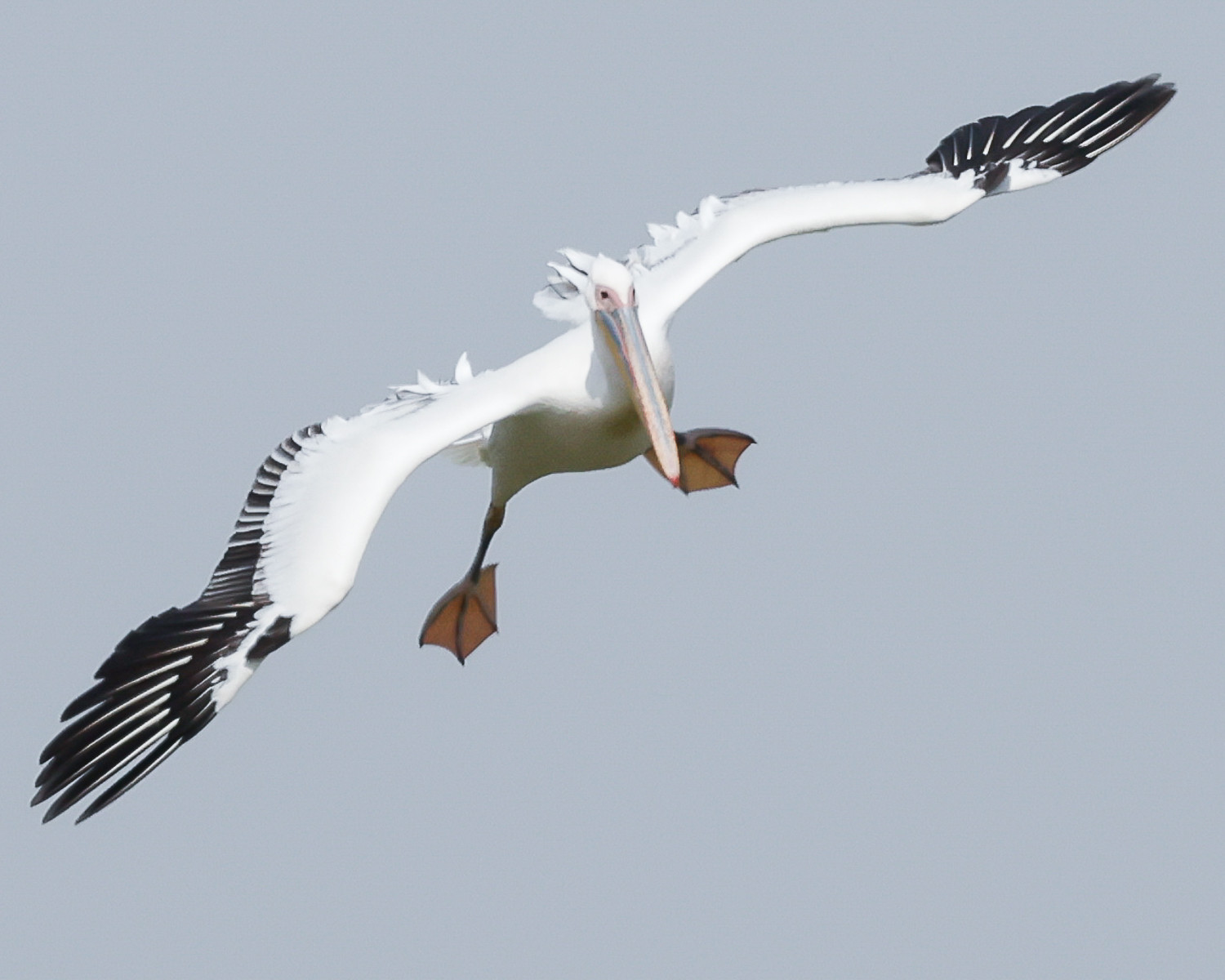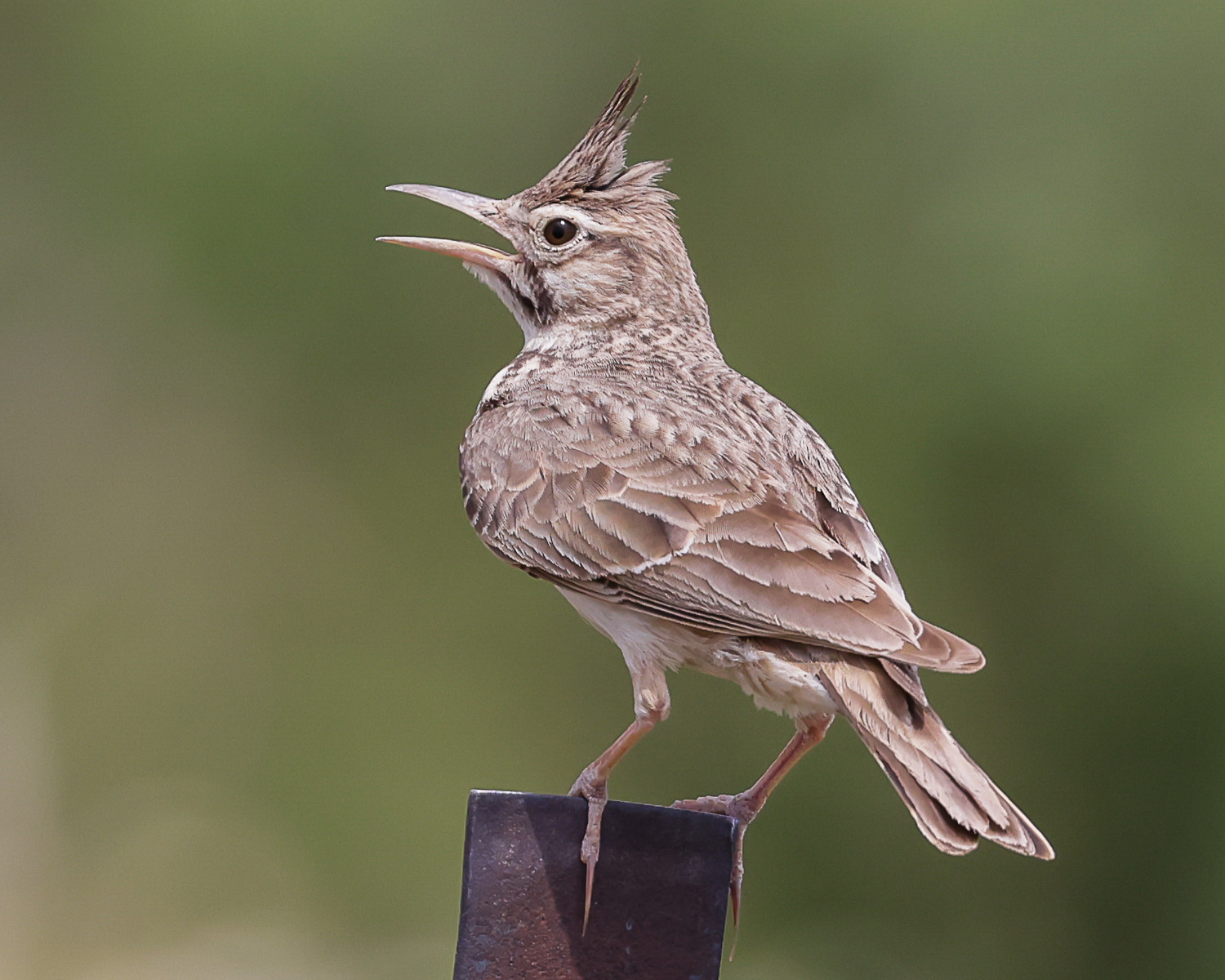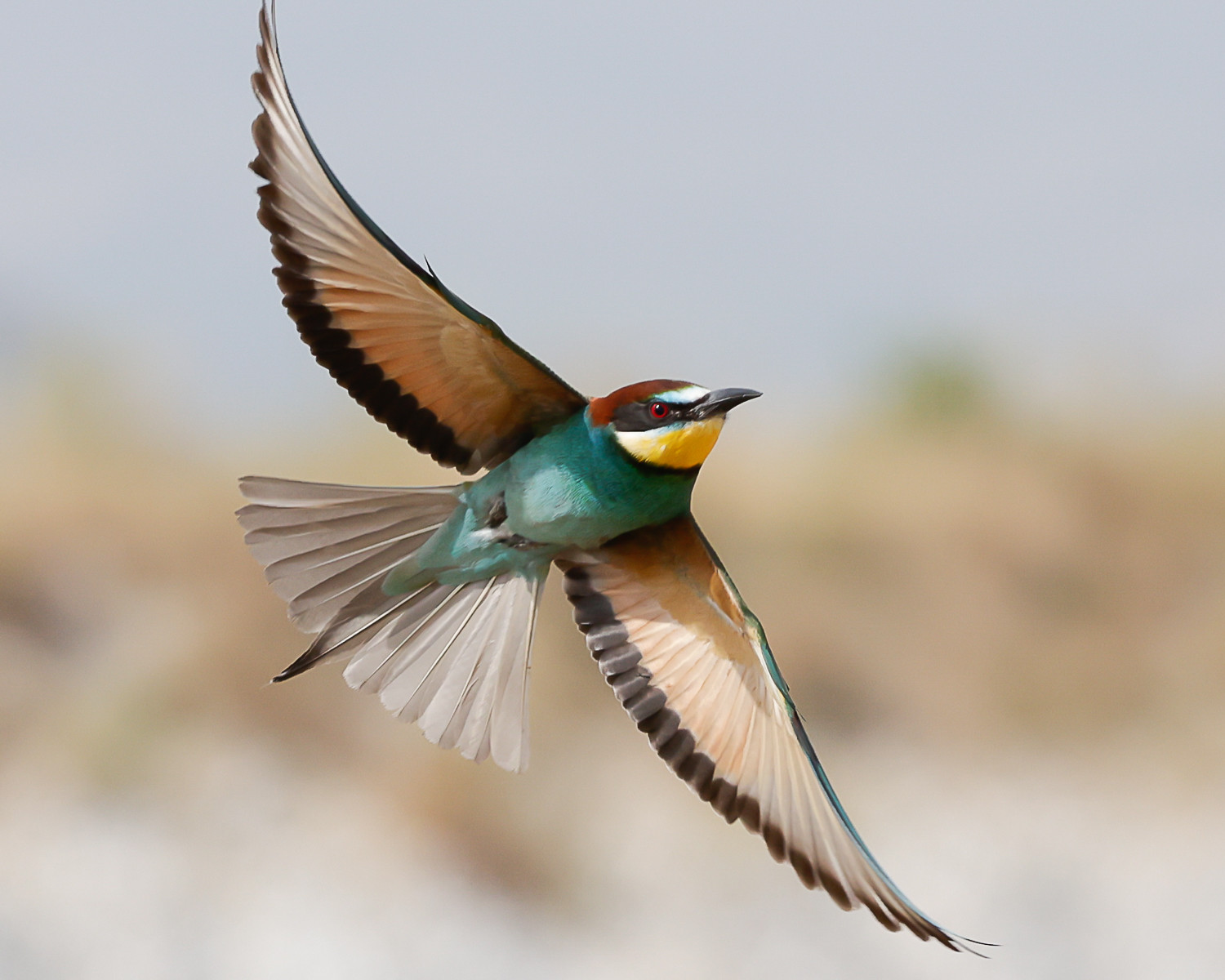Descrizione
The lake was originally drained for farming, but then re-established as an artificial lake, when farming found to be unproductive. Nowadays, Lake Karla is of great importance for many breeding species in the area. According to the Hellenic Ornithological Society, over 200 different kinds of birds have been documented! The area is in particular important for the endangered Pellicano riccio. In 2015 the Society recorded 660 pelicans in the lake, making it the fourth largest colony in Greece!
Very few (visiting) birders know about this lake and therefore it tends to be very quiet. The area is scenic with hills to the south, mountains to the north and flat land to the west. The lake can be circumnavigated to be viewed from different sides. Naturally, the variety of species will vary over the year, but there are many interesting residents. Besides Pellicano riccio, other species that can be seen here are Marangone minore, Spatola, Falco pecchiaiolo, Poiana codabianca, Biancone and Grillaio.
Dettagli
Accesso
By car only. Park wherever you like. Explore by walking, or further driving. Mid-way between Volos and Larissa, at Stefanovikeio, look for sign to Lake Karla Exhibition Centre (at Kanalia).





